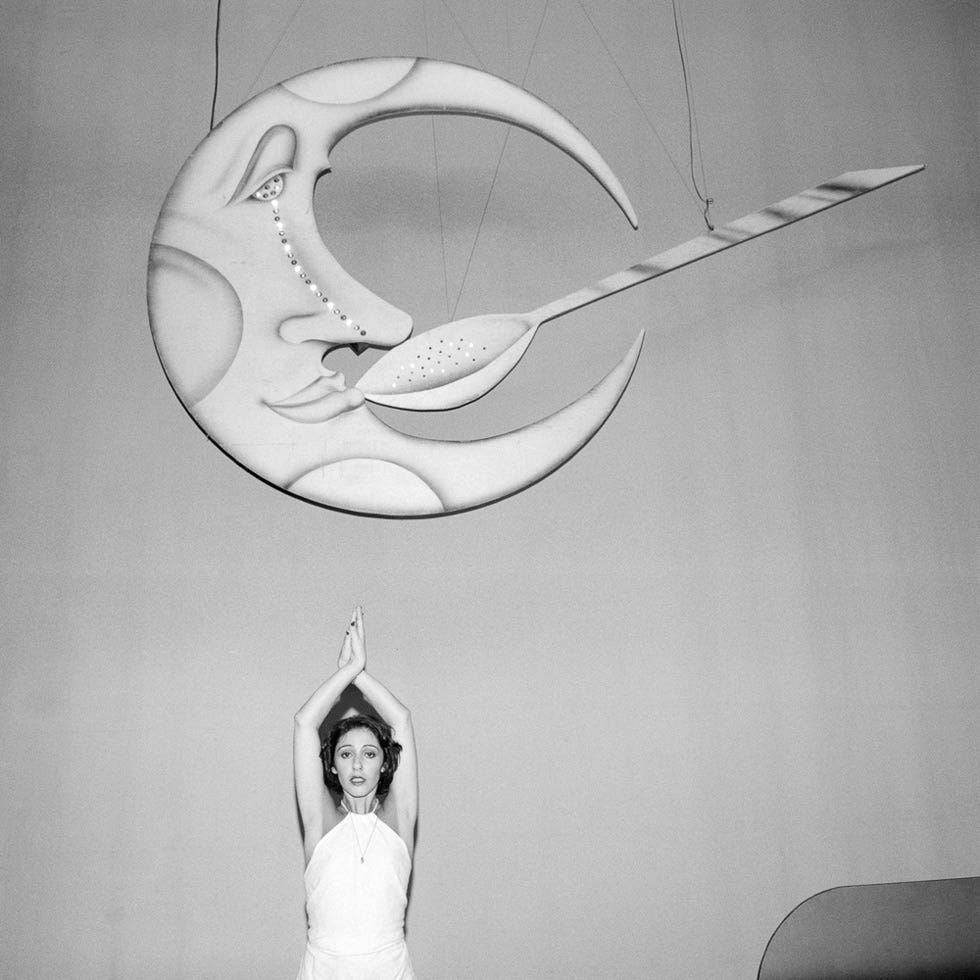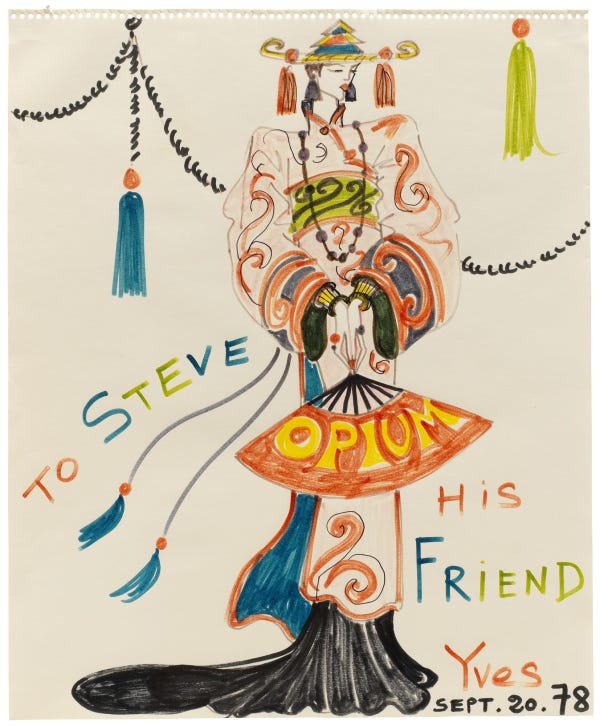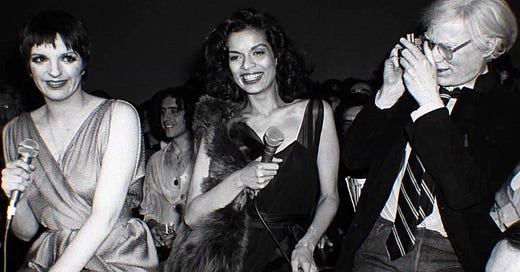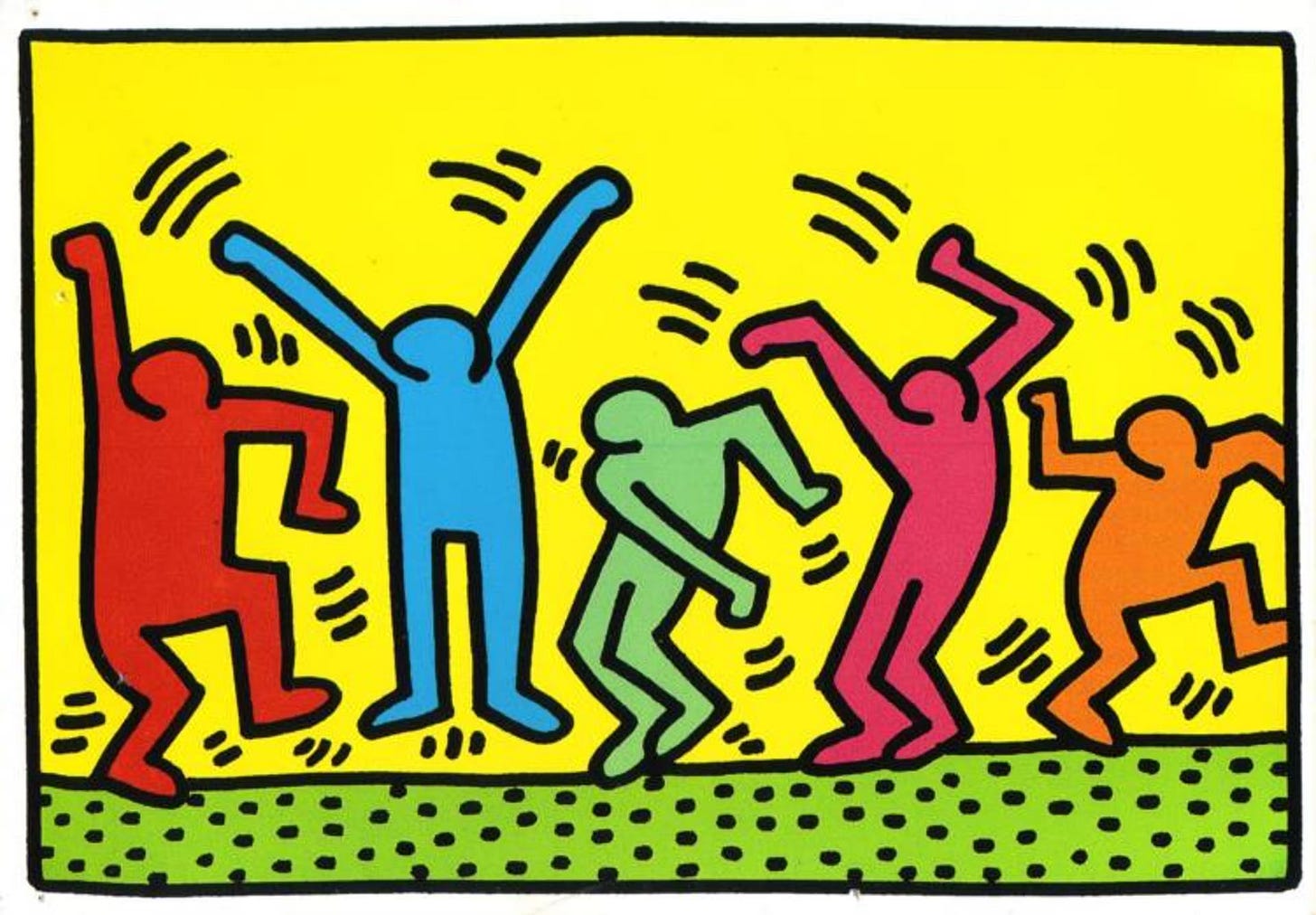Picture a nightclub. Now picture Warhol standing across the bar, disco music pulsing. He was one of the visionaries who turned Studio 54 from just a nightclub into a living art installation. When it opened in 1977, disco was sweeping across the US. With that, a former opera house, theater, and broadcast studio on West 54th Street transformed into a surreal playground and unconventional art space. The line between art and nightlife blurred, and creativity got a shot of adrenaline—and probably something else. For New York’s visual artists, Studio 54 redefined what an "art space" could be, proving that inspiration flows even better under the glow of a disco ball.

Andy Warhol was a regular fixture and the unofficial “patron saint” of the club, treating Studio 54 as his experimental lab. Warhol found endless material for his celebrity-obsessed work here, snapping Polaroids of fellow club-goers like Liza Minnelli, Mick Jagger, and Bianca Jagger, who famously made her entrance on a white horse (because, well, Studio 54). For Warhol, the club extended his fascination with fame, glamour, and the eccentric personalities populating the scene. Night after night, he returned to capture it all. His presence alone elevated the club's status within the art community, turning Studio 54 into an casual networking space where emerging artists could rub elbows—and maybe shoulders in a dance circle—with New York’s most famous faces.

The club’s frenetic energy also drew in Jean-Michel Basquiat, then a relative unknown, who soaked up the atmosphere around him. Studio 54’s chaotic mix of high and low culture may have resonated with Basquiat, potentially influencing the explosive, collage-like style he would later become known for. Meanwhile, Keith Haring, another regular, found inspiration in the club’s pulse. Haring even painted a mural on the club’s walls, channeling the movement and unfiltered expression of the dance floor into his subway art and pop-infused imagery.
Even the interior was a visual spectacle. The decor and lighting—designed by a former Broadway set designer—transformed the space into a constantly shifting performance. Strobe lights, fog machines, and surreal installations turned the club into an immersive art experience.
In 1980, just two years later, the club’s founders Ian Schrager and Steve Rubell pleaded guilty to tax evasion. Soon after their final, legendary party in February, Studio 54 lost its liquor license and was sold shortly after. But those two dazzling years left a lasting mark. With every beat, New York’s art scene danced, and Studio 54’s influence echoed through galleries and spilled onto the street murals.

May your new year sparkle like four tons of glitter dumped onto the dance floor at a Studio 54 New Year’s Eve party!
Art needs more eyes — and so does this blog.
It’s free to read, but only grows if it travels.
Liked it even a bit? Tap the heart.
A line stuck with you? Drop it in a comment.
Smiled once? Hit restack.
Want to keep this writing alive? Send it to a curious friend to subscribe.




